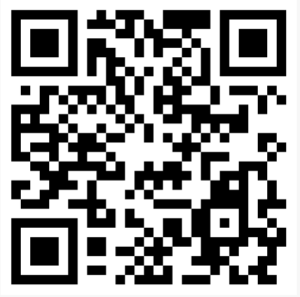In the world of product labeling, even minor defects can significantly impact the performance and appearance of your labels. Understanding common labeling defects and how to prevent them is crucial for ensuring your product’s packaging remains professional and reliable. This guide explores common labeling issues such as adhesion problems on oily surfaces, challenges with labeling odd-shaped containers, and labels that must withstand temperature changes. We’ll also provide solutions and best practices to help you avoid these issues.
Understanding Common Labeling Defects
Labeling defects can arise from various factors, including environmental conditions, substrate properties, and application processes. Here are some of the most common defects and how to prevent them:
1. Adhesion Issues on Oily Surfaces
Labels may have difficulty adhering to oily or greasy surfaces, leading to peeling or falling off.
Causes:
The presence of oils or greases interferes with the adhesive’s ability to bond with the surface.
Solutions:
- Surface Preparation: Ensure the surface is clean and dry before label application. Use degreasers or alcohol wipes to remove any oil residues.
Best Practices:
- Regularly inspect surfaces for cleanliness before labeling.
- Conduct adhesion tests to ensure the labels stick effectively.
2. Labeling Odd-Shaped Containers
Applying labels to containers with unique shapes can result in wrinkling, bubbling, or misalignment.
Causes:
Irregular surfaces that make it difficult for labels to adhere evenly.
Inconsistent pressure during the application process.
Solutions:
- Flexible Labels: Use labels made from flexible materials produced by a digital printing Denver company that can conform to the shape of the container.
- Application Techniques: Employ specialized labeling techniques or equipment for odd-shaped containers, such as tapered labels or custom applicators.
- Custom Die-Cuts: Consider custom die-cut labels that match the contour of the container, ensuring a better fit.
Best Practices:
- Test the label on the container to ensure proper fit and adhesion.
- Train staff on proper application techniques for odd-shaped containers.
3. Labels that Withstand Temperature Changes
Labels exposed to extreme temperatures can face issues like peeling, cracking, or discoloration.
Causes:
Adhesives and materials that are not suitable for high or low temperatures.
Environmental factors that affect the label’s integrity over time.
Solutions:
- Temperature-Resistant Materials: Choose label materials and adhesives designed to withstand the specific temperature range your product will encounter.
- Testing: Conduct thorough testing to ensure labels perform under various temperature conditions.
- Protective Coatings: Apply protective coatings to labels to enhance their durability and resistance to temperature changes.
Best Practices:
- Monitor the storage and handling conditions to ensure labels are not exposed to extreme temperatures unnecessarily.
- Use environmental chambers to test labels in simulated temperature conditions.
Enhancing Label Performance and Reliability
Preventing labeling defects is crucial for maintaining the quality and appearance of your product packaging. By understanding common issues such as adhesion problems on oily surfaces, challenges with odd-shaped containers, and the need for temperature-resistant labels, you can implement practical solutions and best practices to avoid these defects.
Need help with labeling defects prevention?
Contact Primeflex today to consult our experts and discover the best solutions for your labeling needs. Our expertise in the printing and packaging industry ensures that your labels perform reliably under various conditions, reinforcing our dedication to quality and customer satisfaction.
First Seen here: Common Defects in Labeling and How to Avoid Them
from Primeflex - Feed https://primeflex.com/common-defects-in-labeling-and-how-to-avoid-them/



